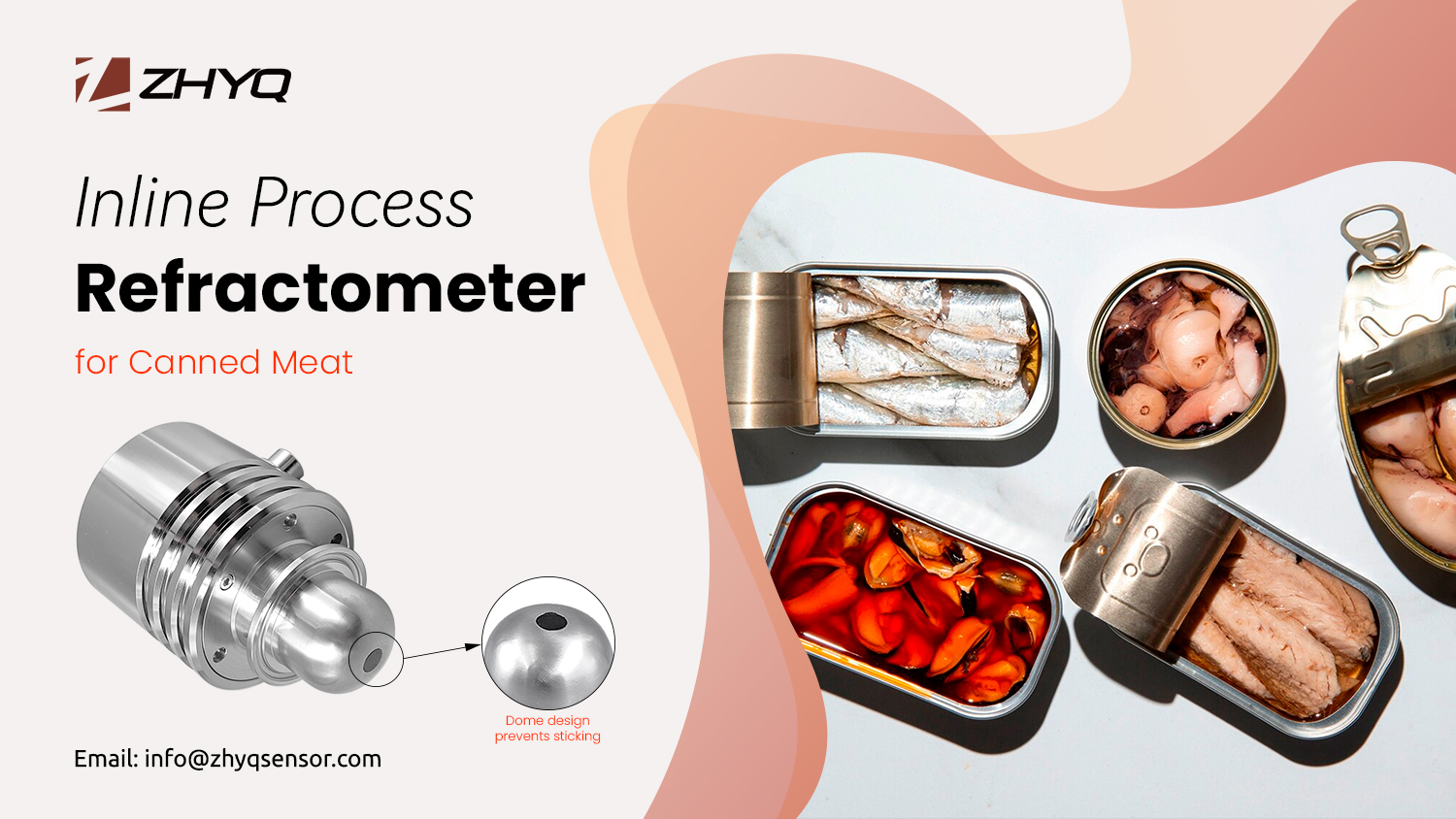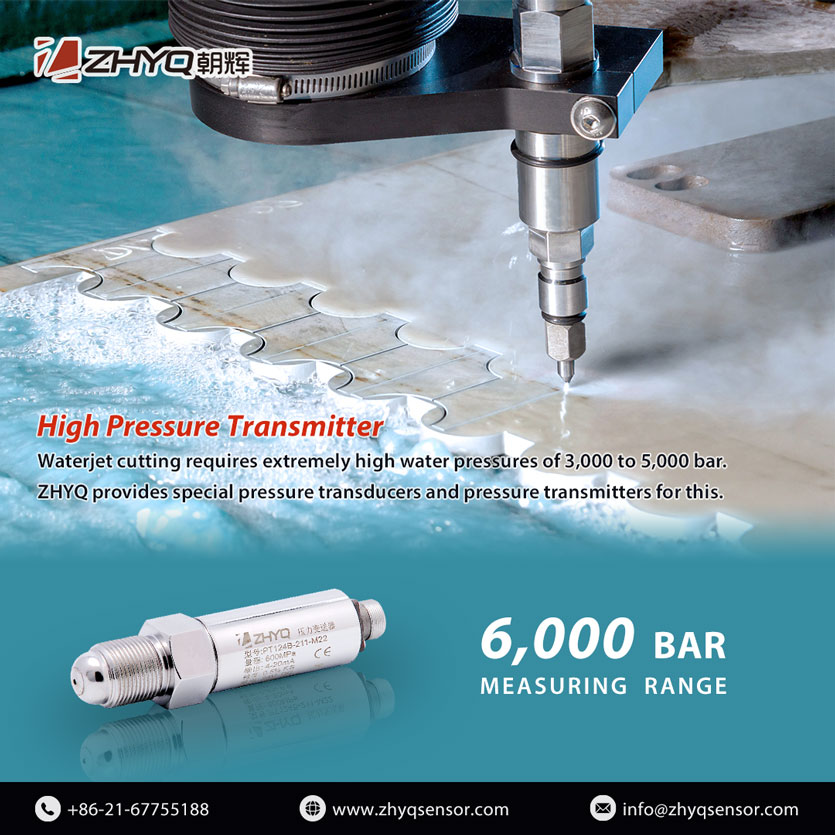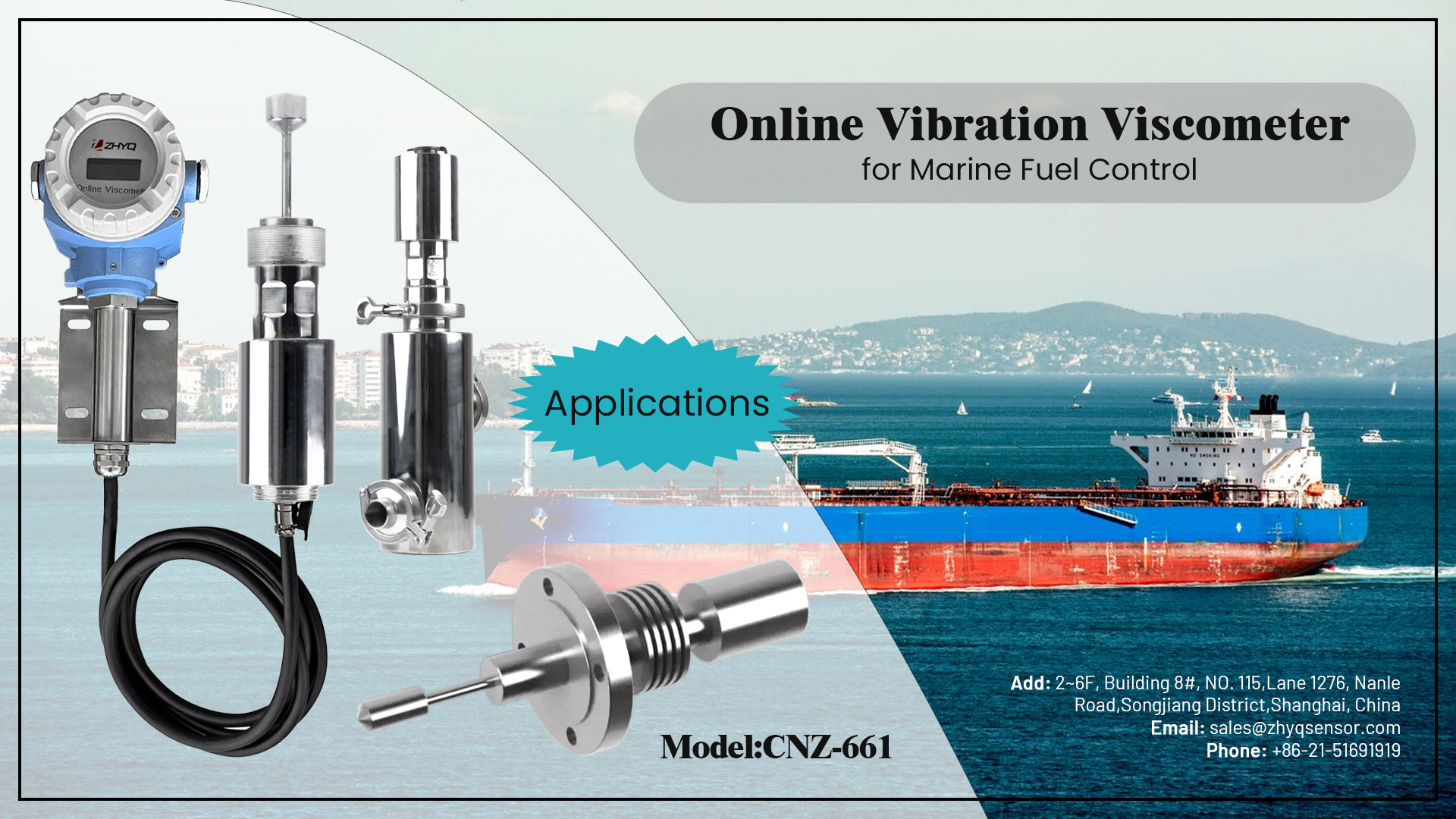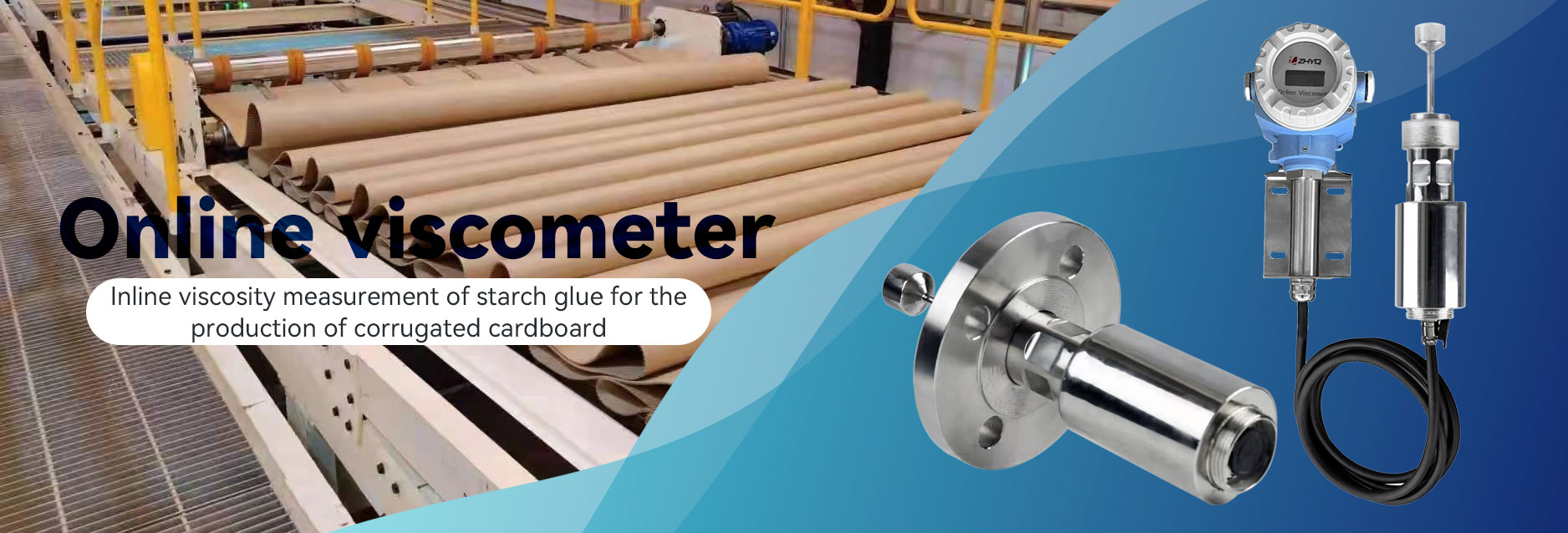
- Pressure Sensor, Pressure Transducer, Pressure Transmitter


- 2024-10-12
- Zhyq
- 44
In the process of canned meat production, the working process of the inline process refractometer and its role in the whole process!
In the canned meat production process, the working process and function of the inline process refractometer are as follows:
1. Raw material preparation stage:
1.1 Working process: When mixing raw materials such as meat, seasonings, and water, the inline process refractometer is installed on the preparation tank or delivery pipeline to detect the concentration of the mixed liquid in real time. Its detection principle is mostly based on physical properties such as light refraction and conductivity. For example, the inline process refractometer using the refraction principle will produce different refraction angles when light passes through the mixed liquid due to different liquid concentrations, and the instrument calculates the concentration of the liquid based on this.
1.2 Function: Ensure that the raw materials are prepared according to the predetermined ratio to ensure the basic taste and quality of canned meat. If the concentration deviates from the preset value, the staff can adjust the amount of raw materials added in time to avoid poor taste or quality problems of the canned food due to improper raw material ratios.
2. Boiling and concentration stage:
2.1 Working process: During the boiling process, as the water evaporates, the concentration of the mixed liquid changes continuously. The inline process refractometer continuously monitors the concentration of the boiling liquid and transmits real-time data to the control system. The system automatically controls parameters such as boiling time and temperature according to the preset concentration target value.
2.2 Function: Accurately control the degree of boiling so that the soup of canned meat reaches the appropriate thickness. If the boiling is insufficient and the soup is too thin, it will affect the shelf life and taste of the canned meat; over-boiling may cause problems such as over-aging of the meat and loss of nutrients. Through the real-time monitoring and feedback control of the inline process refractometer, the consistency of each batch of canned meat in the boiling and concentration process can be guaranteed.
3. Filling stage:
3.1 Working process: Before filling, the inline process refractometer performs a final concentration test on the meat and soup mixture to be filled to ensure that its concentration meets the product standards. During the filling process, continuous monitoring can also be carried out to promptly detect abnormal concentration conditions, such as concentration changes caused by pipe blockage or equipment failure.
3.2 Function: Ensure that the concentration of the contents filled into each can is consistent, thereby ensuring the quality of the canned meat purchased by consumers is stable. If an abnormal concentration is found, the filling can be stopped immediately to troubleshoot the problem, avoid the production of unqualified products, and reduce waste and quality risks.
4. Quality inspection and monitoring stage:
4.1 Working process: During the entire process of canned meat production, the inline process refractometer continuously transmits the detected data to the production management system to form a concentration change curve and data record. These data can be viewed and analyzed by quality management personnel at any time.
4.2 Function: Provide a basis for quality control, help enterprises trace problems in the production process, and facilitate quality improvement and optimization of production processes. For example, if a batch of canned meat has quality problems during storage or sales, by viewing the data records of the inline process refractometer, it is possible to analyze the abnormal conditions that may exist in the production process, such as concentration deviation at a certain stage, so as to take corresponding measures to improve it.
Leave Your Inquiry
Your email address will not be published. Required fields are marked *


